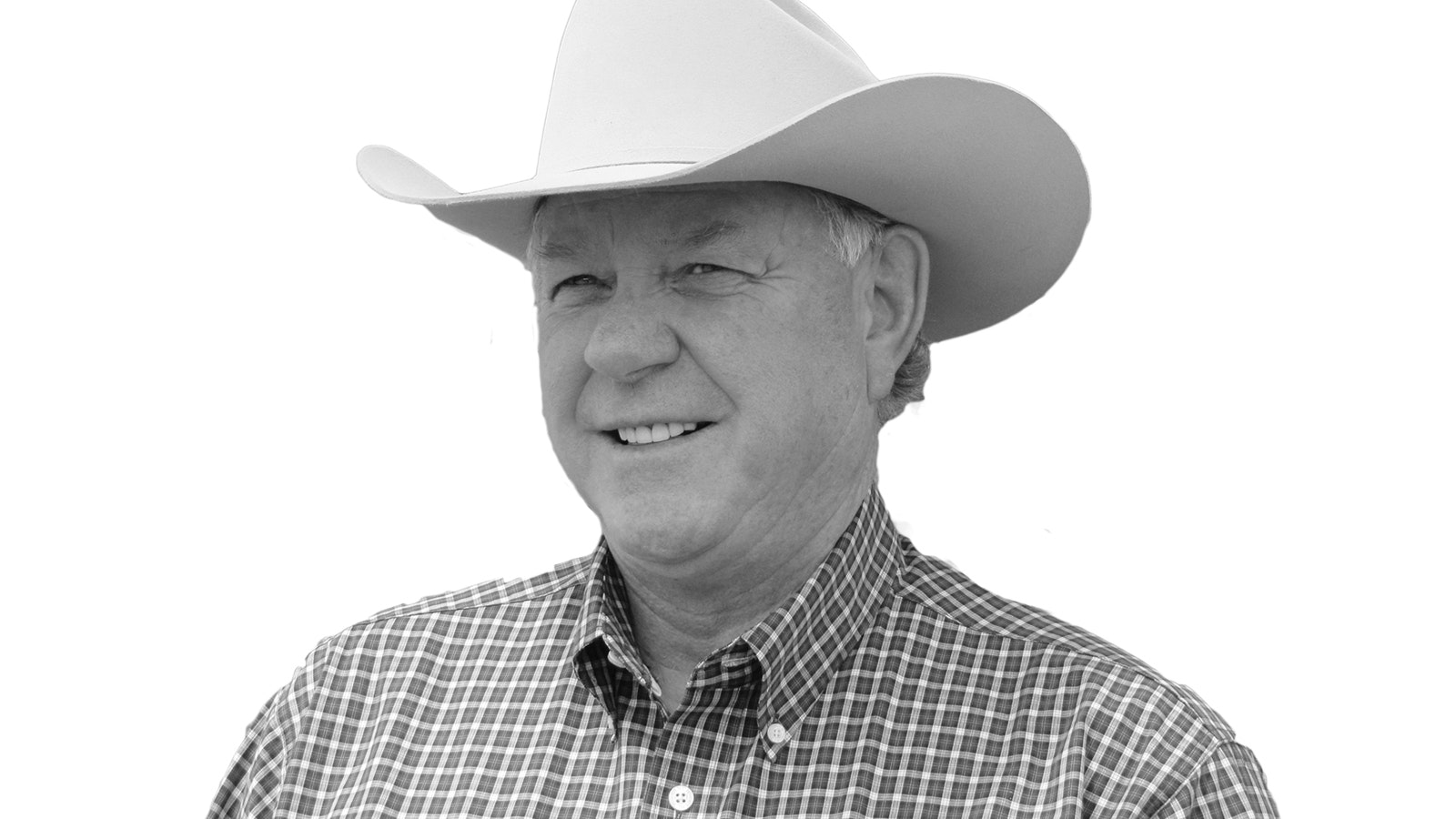The University of Wyoming (UW) is a treasure for the state of Wyoming in many ways. It gives so much back to the state, its people and others around the world.
“Rooted in the traditions of the West and surrounded by the rugged Rocky Mountains, UW was founded in 1886 and is a nationally recognized land-grant research institution with expert faculty, top-ranked academics and world-class facilities,” reads UW’s website.
UW houses seven colleges on its campus, offering students a wide range of education. Since I’m involved in agriculture, I’m most familiar with the College of Agriculture, Life Sciences and Natural Resources (CALSNR).
I think CALSNR is more in tune with the mission of being a land-grant program than any other college at UW, except maybe engineering.
It is the college with the most scholarships available for students.
CALSNR has nine departments – agriculture and applied economics, animal science, botany, ecosystem science and management, family consumer sciences, molecular biology, plant sciences, veterinary sciences and zoology and physiology.
Under these departments are programs like agricultural communications, microbiology, the Ranch Management and Agricultural Leadership program and the Ranching in the West Seminar Series.
Another large program under CALSNR are UW’s Agricultural Experiment Stations, of which there are four scattered across the state, each conducting research and assisting in Extension activities.
The Laramie Research and Extension Center, established in 1891, houses beef, sheep and swine research units, as well as the Cliff and Martha Hansen Teaching Arena. The center also has a 5,500-acre ranch located northeast of Laramie focused on rangeland livestock production. Additionally, the center is one of the highest-altitude agriculture research centers in the U.S. at 7,220 feet above sea level.
The Sheridan Research and Extension Center has two locations close to Sheridan with dryland and irrigated lands research. They are also involved with forage management, horticulture and viticulture – grapes.
The Powell Research and Extension Center consists of irrigated cropland and focuses on agronomic weed control, irrigation, cropping systems, high tunnel production, variety performance testing, transgenic variety response to herbicide treatments and alternative crops.
The James C. Hageman Sustainable Agriculture Research and Extension Center has 1,522 acres of dryland crops; 349 acres of irrigated cropland; 1,800 acres of rangeland; 40 acres of dryland organic cropland; a feedlot and a livestock research laboratory. All of this in one location provides the college with a diverse livestock and cropland laboratory.
The last program is UW Extension. Made up of many people on campus and across the state in every county, UW Extension assists in all parts of community agriculture. Many of us associate Extension with the 4-H program, where students learn all kind of crafts, show animals and learn to work with others. Nationally, it is one of the best programs for youth.
As many of us know, the best part of the college is its people. From the Dean’s Office and the faculty, to those in working in Extension and across the state in research facilities, they are the best.
Please remember the college when UW Giving Day arrives.
Dennis Sun is the publisher of the Wyoming Livestock Roundup, a weekly agriculture newspaper available online and in print.





